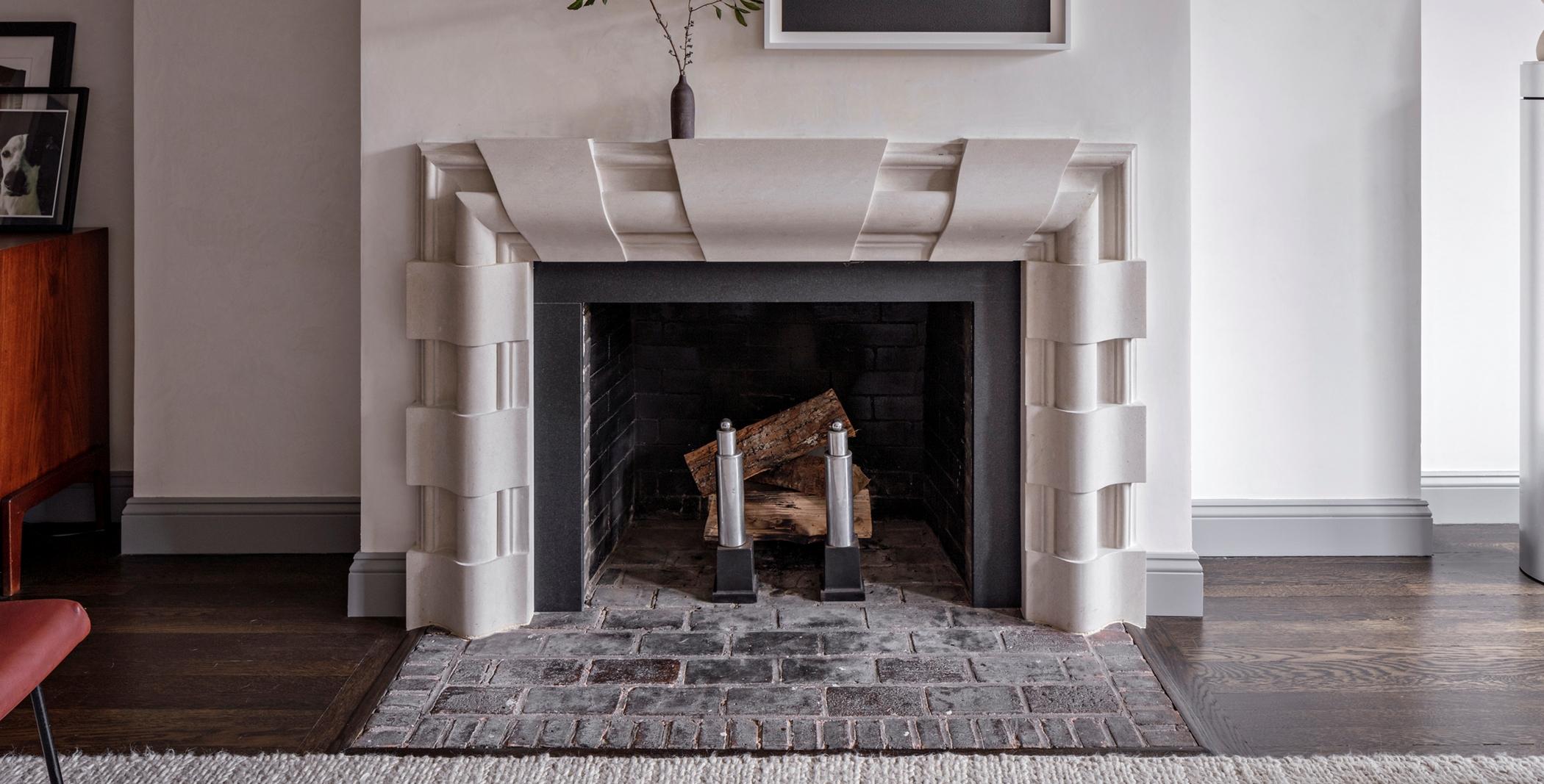San Francisco-based Aidlin Darling Design has scored big – again.
The Sonoma Valley Museum of Art has invited the firm to fill its entire 5,000 square-foot exhibition space with the multi-sensory explorations that guide their design process.
“We’d invited them to our offices for a conversation about a regionalism show, with a number of architects in it,” says David Darling. “They looked around and said: Can we move your office to the museum?”
The Aidlin Darling studio is known for looking more like a laboratory or a candy store for anyone with visual acumen. There are models everywhere, drawings on the walls, machined objects here, found objects there, and layers of investigations in progress.
“We kind of laughed, but said can we ruminate over what it could be?” Joshua Aidlin says. “Then they pitched the solo show to their board and after it got green-lighted, we were off and running. It’s about designing for all the senses – a show for a full body experiment.”
The solo exhibition, the firm’s first, will feature material palettes, models, sketches, renderings, full-scale mock-ups, photographs, and videos. Its focal point is C-Chassis, a site-specific, 55-foot-long installation piece made of piece of charred cedar wood.
“You enter it as you enter the museum,” Darling says. “It’s nine feet to 12 feet tall and partially solid wood, but as you progress forward it breaks into a vertical slatted wall that’s angular.”
It incorporates shelves on one side for models, with light filtering through a slatted ceiling.
“It’s like a deprivation lattice – it’s meant to heighten your awareness of smell and scale,” says Aidlin. “It limits your view and then releases you to exhibit. It’s like going back to womb. You smell it, feel it and hear it.”
The exhibition will be divided into a triptych, with that first section sensual, another that’s analytic and a third that’s a room to be viewed but not entered.
“It’s a Japanese garden” says Darling. “There’s river rock, with rammed earth sample walls from our chapel at Stanford that will be craned in, plus a ductile concrete assemblage that shows our architecture pulled apart – it shows the process that we use to get to the end result.”
The exhibition opens on Dec. 21 and runs through March 2.
For more information, go here.
[slideshow id=1065]

